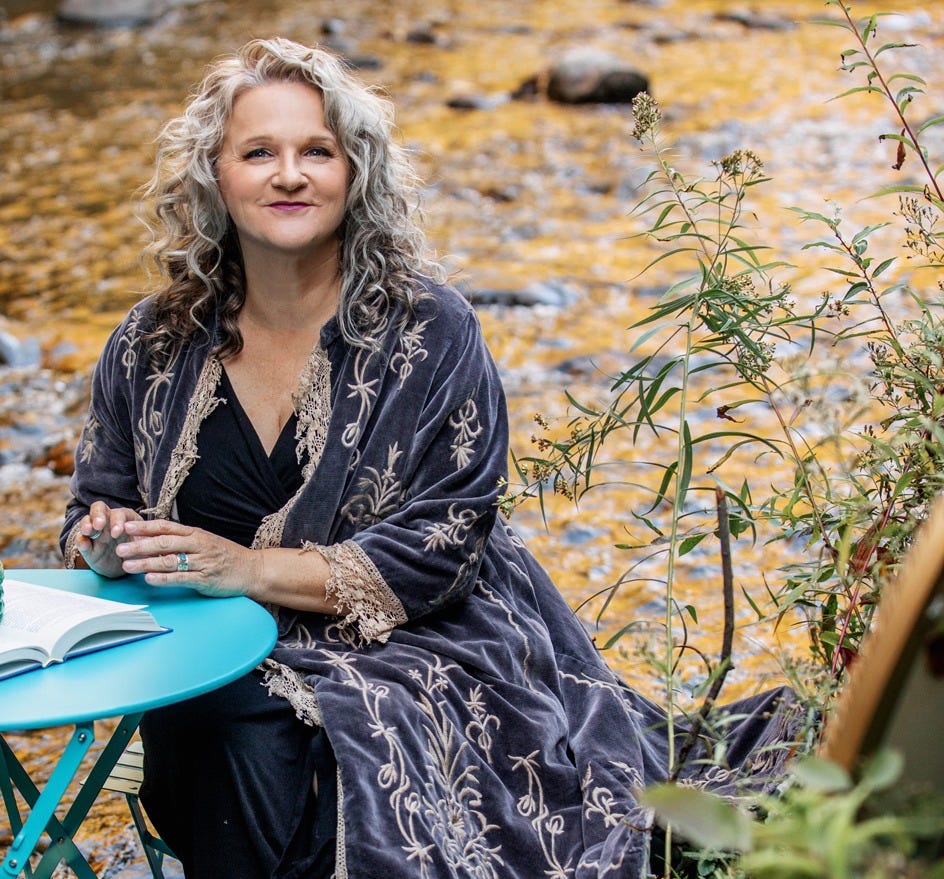Mary and Me: Fear is the making of a good ghost story
pt 1. series about Mary Shelley and her influence on my writing life
Much comes of a dare.
If you like to be directly challenged, and competitiveness gives you the juice you need to take the proverbially plate, stage, or sword, you might have set to scribbling your ideas when Lord Byron blurted his invitation to a contest. In Mary W. Godwin’s life it resulted in the founding of a timeless literary genre during a dark, wet summer on the shores of Lake Geneva in Switzerland, (note 1, below) and a complicated, nested story we are still making much of.
Mary and the others heard Byron throw down the gauntlet, that Mary says (note 1, below) went, “We will each write a ghost story.” It wasn’t long before the poets went back to verse, “annoyed by the platitude of prose.” The drug supplying physician Polidori got busy with the first ever vampire novel after a regrettable first start with the story about a skull-headed lady.” Two genres were founded on a single night in the summer of 1816 in the darkest year of all time. A decade later only Mary would be the only one living.
Mary would imagine a student of the dark arts in a waking dream, kneeling over his creation. She was terrified, she tells us. But being so scared, rather than tossing the pages into the fire, she decided this would also strike fear in the others. This would be her ghost story and the novel, Frankenstein began. The nesting structure of the Creature’s story told aloud to Victor, which Victor them tells aloud to Captain Walton, which Walton writes from his cabin aboard ship in the Arctic in letters to his sister in England…would come later.
Mary was 18 years old. when she began to write. So many things are amazing about her production of the novel, her age, that she was the mistress to a poet of growing renown, pregnant again by him, and in Switzerland, this child of famous writer parents. But she was neither amazed nor boastful, in fact she nearly apologizes in the Author’s Introduction to the 1831 edition. By then, the book was published in English and French, and she was no longer the anonymous author…but she tells us that she had so often been asked how a young girl came to think of such a hideous idea, she decides to answer the question simply. She didn’t want to intrude on the reader’s experience, but she knew this introduction would just be a little appendage
.
Her Introduction changed the direction of my life, which I’m writing about in my next book. (Stay tuned, or read about it here.
What do dares do for you? Me? Zero. In fact, I hate them so much I return to my sit spot and ignore them.
I remember my first dare. It didn’t involve opening a blouse (that came later), or doing something naughty, it was to go outside a night and run around the cottage where my family were staying with people I hardly knew. The older kids gave me an “easy one”, likely at my sister behest, but what they didn’t know was that going out in the dark, the dark, was my greatest fear then. I remember the fear of the dare, but not whether I went outside and ran.
Mary rose to the dare. Grim landscapes were not such to her. Her identity wasn’t going to be about what others were interested in. Me either.
The road less travelled by is all that Mary knew. Almost 40 years ago she handed me mine. A student of 18, I read the “Author’s Introduction” of Frankenstein and wrote THIS. IS. ME in the margin.
want to know how that happened…Part Two is coming in a few days.




